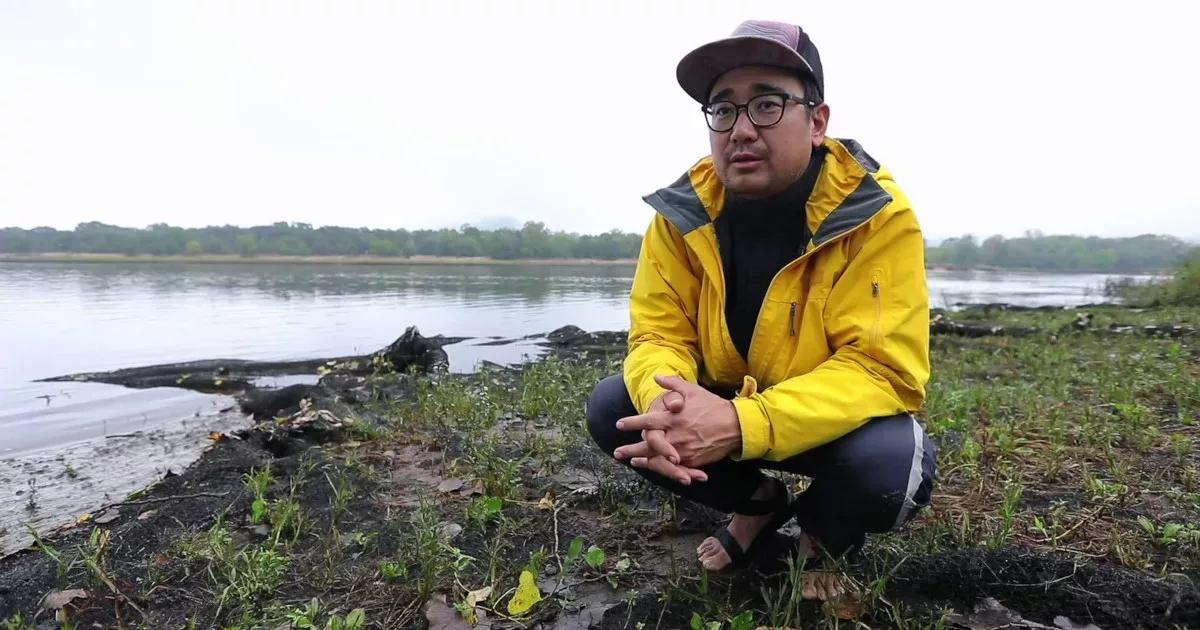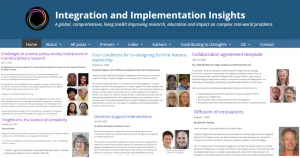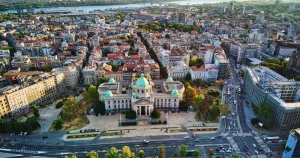John Kim: “We use the Anthropocene concept for understanding local environmental challenges and to inspire collective action”
The Anthropocene Commons integrates art, education, and activism to address the challenges posed by the geological era where human activities have fundamentally changed the planet

You are involved with the Anthropocene Commons. Could you tell us about this network?
John Kim: The Anthropocene Commons is a network of researchers, educators, activists, artists and scientists worldwide. It was built through the work that has been done over the past 12 years initially by the Anthropocene Curriculum, an initiative supported by the Max Planck Institute of Geoanthropology, in Jena, Germany, and the Haus der Kulturen der Welt, in Berlin, Germany. It’s now run collectively by members of the network. One of its primary objectives is to explore and publicize the concept of the Anthropocene as a new geological epoch, in which human activities have fundamentally changed the planet. The Anthropocene Commons includes members of the Anthropocene Working Group, which has been tasked by the International Commission on Stratigraphy with gathering evidence to support this classification, to no avail so far. However, the Anthropocene Commons is much more interdisciplinary, incorporating art, education, and activism to address the challenges posed by the Anthropocene.
How does it contribute to understanding this new geological epoch?
J. K.: In my own work on the Anthropocene, I employ the concept as a way of thinking about local place-based challenges and forms of resistance to the Anthropocene in different geographical regions around the world. I myself started contributing to this initiative because of my previous work concerning the Mississippi River: I had been contacted to take part in a project named “Mississippi: An Anthropocene River” about exploring the Mississippi River as a site-specific concept of the Anthropocene. The project ran from 2019 to 2022 and involved research, art-making, and public engagement activities from the river’s headwaters, Lake Itasca in Minnesota, to the Gulf. The idea was to use the Anthropocene as a framework for understanding local environmental challenges and to inspire collective action.
What was your previous work on Mississippi about?
J. K.: A few public art projects that I had made before had a lot to do with the geological history of the Mississippi River. For instance, I had created a public art sculpture called “Meander“, which visualizes the geological history and current environmental quality of the Mississippi River. Another project, “Phase Change“, explored climate change’s impact on the Upper Midwest through an ice sculpture installation.
Your work seems deeply intertwined with sustainability and environmental activism. How do you integrate these themes into your academic and artistic endeavors?
J. K.: My work often sits at the intersection of media, art, and activism. I also incorporate these themes into my teaching, focusing on media activism and environmental awareness. I aim to engage students and the public in reimagining our relationship with the environment through cultural organizing, which goes beyond traditional activism.
How does your approach to cultural organizing differ from traditional activism?
J. K.: While activism often conjures images of protests, cultural organizing is broader. It includes various activities that bring people together, that could include public art, education, and varied forms of community engagement. For example, we’ve organized music festivals and educational camps that foster a sense of community and shared purpose. This approach allows for diverse forms of participation and highlights the role of art in organizing around environmental awareness.
The Anthropocene Commons is a global network. How does it operate on such a scale, and what are its key activities?
J. K.: The network operates by connecting individuals and organizations worldwide through collaborative projects, like the one I mentioned about Mississippi, and events. One of our important ongoing activities has been organizing Anthropocene Campuses, which are gatherings in global locations to explore local environmental challenges using the Anthropocene framework. For example, we organized a Campus in Brazil in 2023 and 2024, and we have upcoming campuses in Chicago, in 2025, and in Stockholm, in 2026. These events bring together diverse voices to foster interdisciplinary dialogue and action. Additionally, we engage in projects like the Mining conversations, webinars that examine the local and global impacts of resource extraction.
Speaking of mining conversations, how do these discussions contribute to understanding and addressing the environmental impacts of mining?
J. K.: The mining conversations aim to explore the global upscaling of mining activities, especially in the context of the green energy transition. We bring together representatives from different regions to discuss how mining affects their areas and to share strategies for addressing these challenges. The conversations are interdisciplinary, involving historians, activists, and artists to provide a comprehensive understanding of mining’s implications. This approach helps to raise awareness and inspire action at both local and global levels.
What draws you to collaborate with The Earth-Humanity Coalition?
J. K.: The Earth-Humanity Coalition shares a similar ethos of connecting and supporting organizations working on the periphery of environmental and social challenges. I’m drawn to its focus on amplifying the voices of frontline communities and addressing the nuanced politics of sustainability. The Earth-Humanity Coalition can be a dynamic place that can support and bring together people who offer varying perspectives on sustainability goals in order to open up necessary local perspectives that may not be clear to intergovernmental or governmental organizations that are fully invested in them. An organization like the Anthropocene Commons strives to represent such perspectives, ones that foreground how ongoing and renewed processes of colonization and resource extraction—even connected to sustainability goals—are having direct effects on the livability of the planet for human and non-human life. As I understand them, this is part of the work of the Anthropocene Campuses and Mining Conversations series that I spoke to earlier.
Interview by Luc Allemand
SUBSCRIBE TO OUR NEWSLETTER
To stay up to date with our projects and the development of the EHC
Read more articles

Dealing with the complexity of society and environment
A global toolkit for tackling complex problems with more than 600 different methods Ever wish you had a free toolkit

The Moon & the Global South: Voices, Risks & Promise
Researchers warn that without inclusive governance, the Moon could become “a new arena for old patterns of exclusion” When rockets

Borko Furht: “AI shouldn’t be given much autonomy without maintaining accountability”
Beyond Superintelligence: The Real Challenges of Keeping Humans ‘In the Loop’ Borko Furht is a professor in the department of

The Belgrade Declaration on Science and Art for Sustainability
The Declaration was prepared as the principal outcome of the World Conference on Science and Art for Sustainability, held in